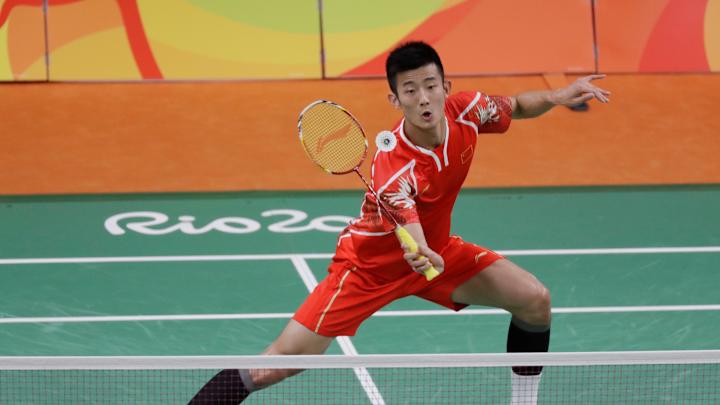Get the drift? Badminton players face indoor winds in Rio

RIO DE JANEIRO (AP) The winds of change are blowing at the Rio badminton arena. Actually, those are just the gusts from the air conditioning vents: They're cold and they're strong and they could pose a problem for some of the best players on the planet.
After all, Olympic glory will be determined by a few feathers - more precisely, by the flight of the 16 goose feathers stuck to the light, leather-covered round cork of the shuttle.
Badminton players call these winds ''drifts,'' caused by strong air conditioning and currents that arise when hot, humid air enters from open doors and meets colder air inside an arena.
Drifts can swirl in from the side, above and below. They can stop and start or blast away steadily, and do funny things to a badminton shuttle, spinning it out of a racket's path or causing a shot that should have landed in to land out.
Simply turning off the air conditioning doesn't work because sweat - on the racket, in the eyes, on the floor - can be as big a problem as drifts.
No venue is perfect, and there's no way to completely kill drifts, although players change sides during a match to try to compensate. Gripes about drift are part of badminton, even at the last Olympics in England, where the modern version of the game was developed in the 19th century.
One complaint in Rio is that the multipurpose Riocentro pavilion where the badminton matches are being held wasn't built with the sport in mind. Dedicated badminton stadiums, like the ones the superstars are used to playing in, usually do a better job dealing with drifts, placing AC vents and doors in a way that minimizes air currents.
Players say the drifts in Riocentro change depending on which side of the court they play on. Drifts also vary from court to court, with some saying the middle of the pavilion's three courts is worse than the side courts.
Experience might be the best antidote to drifts.
Veteran players, especially those who play the professional tour in Asia, where heat and humidity often mean high AC in the stadiums, tend to handle drift better.
''They compensate for it, they get used to it,'' Estonian Raul Must, world No. 45, said after a loss to Jan O. Jorgensen, the world No. 5, from Denmark. ''The drift made it harder for me. One side, it was slow; the other side was faster. So it can be one meter shorter than what you think on the slow side, and one meter longer on the other side.''
Others also acknowledged the drifts in Riocentro, but noted that everyone had practiced in the venue for days before the competition started and so knew how to adjust to the bad spots.
Perhaps the best strategy for drifts? Just don't think about them.
''I would be lying if I said it wasn't a factor. It is, but it's the same everywhere,'' Jorgensen said. ''I don't want to worry about something that I can't control a single thing about.''
Drift is much more of a factor when top players face each other because the margins of error between the elite are so narrow, said Soren Opti, a 19-year-old from Suriname who was crushed early on by world No. 1 Lee Chong Wei, of Malaysia.
The drifts in Rio were tough but by no means the worst he's seen, said Opti, ranked No. 318 internationally.
During one tournament in the Dominican Republic, he said, a passing thunderstorm was so strong that rain leaked inside from the arena's roof.
''When I hit the shuttle, it would blow back at me,'' Opti said.
---
Follow Foster Klug at www.twitter.com/apklug
